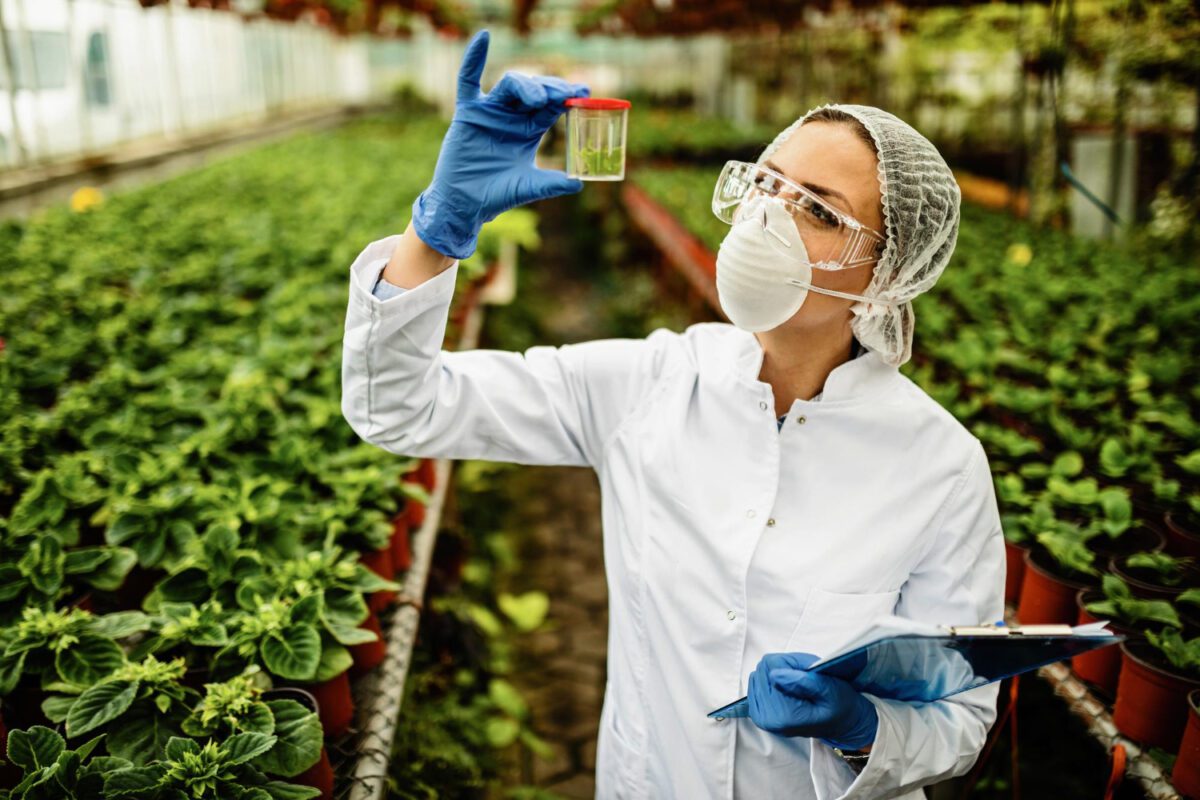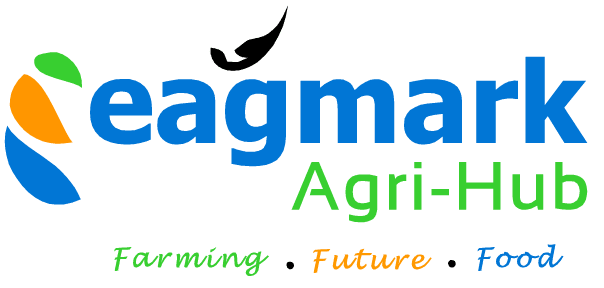Strategies For Success in The Evolving Crop Protection Market – Industry Changes and Key Factors for Survival and Growth

Strategies For Success in The Evolving Crop Protection Market – Industry Changes and Key Factors for Survival and Growth
The crop protection industry is undergoing a rapid transformation, with significant mergers and acquisitions reshaping the market landscape. Concurrently, investments in ag tech and regenerative agriculture practices are being made by food production companies and governments worldwide. As the industry faces this period of transition and uncertainty, companies are actively expanding in three crucial areas: crop protection, biorationals and specialty nutrition, and precision agriculture technologies in order to thrive in today’s crop protection market.
Diversification Portfolios Reflects Industry Trends
Most company portfolios comprise of synthetic crop protection, biosolutions, and ag tech, showcasing a diversified approach that aligns with the current trends in the agricultural industry. In the current market, companies must diversify so as to adapt to change. Drawing a parallel to Kodak, standing still is never a viable option in any industry given the emergence of technology ventures in agriculture and the subsequent opportunities in sectors like robotics as well as the ongoing challenges in agriculture, including water utilization, precision applications, changing consumer preferences, government regulations, and investor demands. Companies adaptable to change and agile in execution will find emerging opportunities by investing resources into biorationals, specialty nutrition, and precision application spaces.
Tactics for Public Relations in the Agrochemical Industry
“Black Swans” are the need for the agrochemical industry to develop effective public relations tactics to educate the public through multiple efforts since there is lack of a comprehensive industry-wide approach. The application of different initiatives and approaches by individual companies and industry associations, each with distinct focuses, is crucial for adaptability and for the education of urban consumers who are detached from farming and hence need a better understanding of the food supply chain and to avoid misleading information which can erode consumer trust.
Overstock Challenges and Market Implications
The prevalent issue of overstock is a challenge that must be dealt with and clear strategies must be devised with excellent customer service for suppliers to be reliable. They aim to match the suppliers’ manufacturing to demand and maintain inventory levels at around 25% to 30% of net sales. This will deal with challenges faced by the industry due to supply disruptions and high demand for growing technology solutions. It is important to plan with customers so as to anticipate disruptions and establish dual supply arrangements wherever possible. Overstocking is a common occurrence in the industry, often driven by a short-term focus on meeting shareholder pressure and can sometimes tend to squeeze margins and lower prices, negatively affecting working capital and potentially leading to structural issues for some companies.
Prospects for Synthetic Crop Protection and Biologicals
Pricing dynamics between synthetic crop protection products and biologicals might sometimes lead to a shift in producers’ choice of one over the other solely based on price. However, customer decisions to use biorationals are most of the time driven by factors beyond price, including technological advancements, regulatory demands, and evolving consumer trends. Given this, the industry is currently focusing on soil health, nitrogen fixation, and finding a balance between synthetic and biostimulant applications to reduce environmental impact.
Addressing the Challenge of Labor in Agriculture
Recognizing the difficulty in finding skilled workers, labor shortage is a significant challenge in agriculture, affecting various industries. This shortage is attributed to mergers and consolidation that have taken place in the past two decades, resulting in generational gaps and increased competition with other sectors. In order to attract and retain excellent talent, companies need to adopt an entrepreneurial culture driven by a successful team and leadership that empowers employees and provides ownership opportunities. Incentives such as providing a company share plan, where a certain percentage of the company is owned by employees, can foster a sense of ownership and commitment. Additionally, comprehensive employee benefits package and diverse work environment can contribute to the companies’ ability to attract and retain top talent. are key factors in attracting excellent talent.
Summing it all up
To sum it up, the agricultural industry is witnessing significant changes, and companies need to adapt by diversifying their portfolios and invest in emerging sectors. As the crop protection market evolves, it is important for industry players to embrace change, implement effective public relations strategies, manage overstock challenges, and addressing the labor shortage so as to navigate through the shifting sands of agribusiness.



